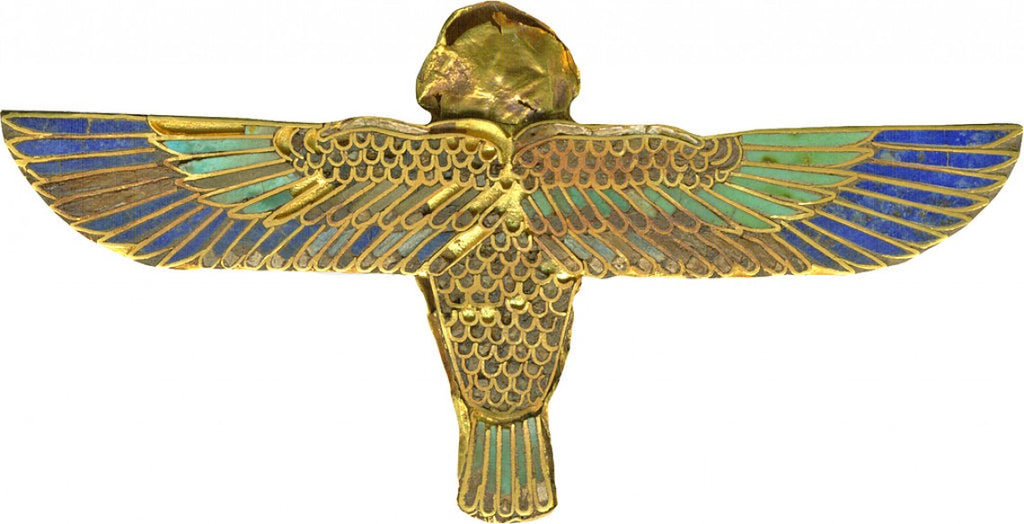A Brief History of Jewelry Making

by J. Southern
The human interest in personal adornment by use of metals has a rich, deep history that spans every culture on Earth. Today, jewelry is mass-produced and is worn casually on a day-to-day basis, but thousands of years ago the use of personal jewelry had a different meaning.
Jewelry in its most archaic form was mainly made of bones, teeth, shells, and other found objects. The first type of metal jewelry is dated to 7000 BCE, when a piece of copper jewelry was found. Since then, our methods of making jewelry with stones and metals has expanded into one of the biggest industries, and is one of the oldest trades on Earth.
Most cultures used jewelry as a part of their ceremonies or special occasions, and the wealthy often wore jewelry to show their status. Gold jewelry is thought to have begun around 3500 BCE in ancient Egypt, and they often used stained or colored glass instead of gemstones to brighten up their gold pieces. Additionally, jewelry was buried with the dead inside their graves for protection and use in the afterlife.
In ancient Chinese and Indian cultures, evidence of jewelry was found that dates to approximately 5000 BCE. In China, women wore mostly jewelry made of silver and blue stones to show off their status, but both men and women wore earrings as part of their every day garb. The Indus Valley Civilization, around 2100 BCE, often traded stone beads for other goods. Metal was not widely used in trade until 1500 BCE, when women wore a plethora of jewelry such as forehead bands, chokers, brooches, and more. Furthermore, it has been discovered that India may be the first country to ever mine for diamonds, dating back to 300 BCE. Unlike the ancient Egyptians, Indians passed on their jewelry to their family when they died.
Around 1400 BCE the Greeks began to use gemstones in their gold jewelry, and perfected casting and hammering techniques. The Roman Empire borrowed techniques and styles from other cultures such as the Greeks, and began using the brooch regularly to secure their clothing. Women would wear necklaces, rings and earrings to decorate themselves, however men mostly wore only rings.
Around the 17th century during the Renaissance, vast exploration and artistic achievements furthered jewelry making techniques making the process easier and more accessible. Jewelry thus became a staple in every day costume, and trends rose within the newfound industry. In the 18th century when diamond jewelry began to grow in popularity, prong settings were developed to enhance the brilliance of the stone. By the Industrial Revolution of the 19th century, jewelry had begun to be mass-produced, alongside imitation gemstones, making jewelry readily available to all.
Jewelry-making techniques that have been used for centuries are still practiced today. The trade demands a certain skillset that few people have, and many tradesmen who make jewelry domestically in the USA have learned their techniques by apprenticing their mentors, or by learning methods that have been passed down through their family for generations. In our modern world, it is uplifting to know that we can still purchase precious heirlooms that are made by hand using ancient skills that only some acquire.





Leave a comment